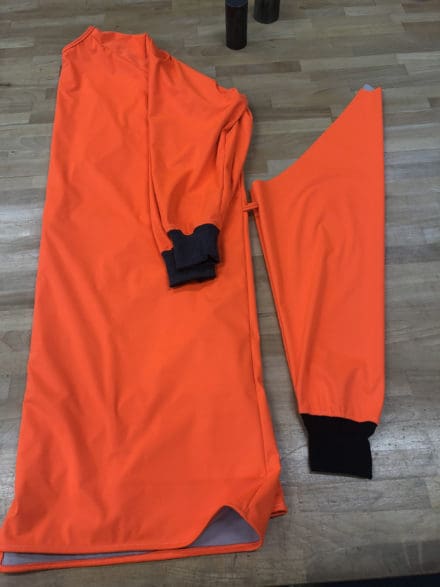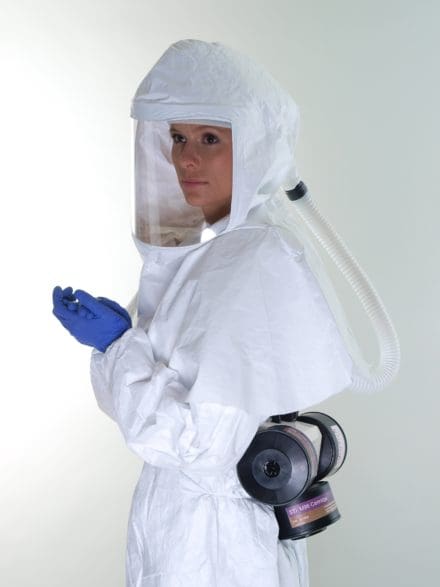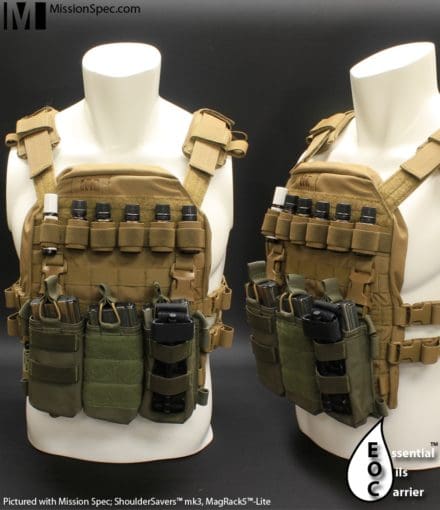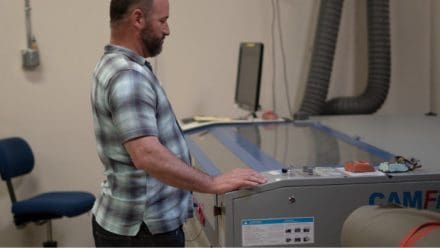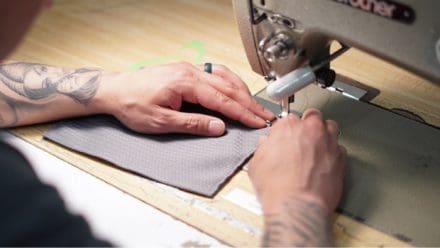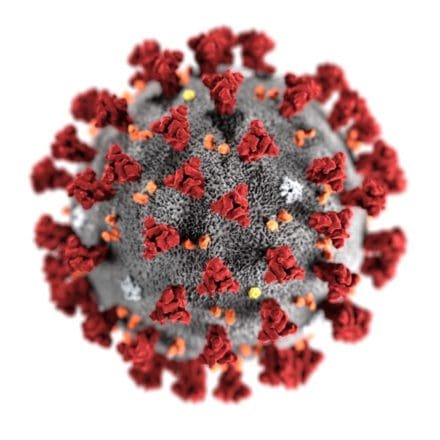Focused on engineering textiles into medical-grade fabrics using anti-microbial and fabric barrier coatings
SPARTANBURG, S.C. — Global textile manufacturer Milliken & Company is leveraging its materials science expertise to manufacture much needed personal protective equipment (PPE) for the healthcare industry amid the current COVID-19 global pandemic. Milliken’s new advanced medical fabrics and barriers are currently available and complement Milliken’s breakthrough BioSmartTM antimicrobial technology used in scrubs, lab coats and hospital privacy curtains, harnessing the power of bleach to kill up to 99.9% of common bacteria on contact.
Milliken is manufacturing critical barrier protection fabrics to be used in gowns and headcovers for healthcare professionals. Milliken is also researching and developing materials for incorporation into N95-grade masks. These new innovations complement our existing range of products that can be used for temporary shelters in situations where it’s deemed necessary to set up transitory field hospitals.
“We have focused our development and manufacturing processes to help fight the battle against COVID-19,” said Halsey M. Cook, Milliken & Company president and CEO. “We began by engineering our existing textiles into medical-grade fabrics for PPE, and we will continue to seek critical solutions as we navigate this uncharted territory as a company, a nation and a world.”
These new advanced medical textiles and barriers are made in the USA and a result of the company applying deep knowledge in material science to modify fabrics that would meet the critical requirements for garments worn by healthcare workers fighting the COVID-19 virus.
“Our team of scientists and developers is fully engaged, uncovering solutions to address critical medical and protective needs for those fighting on the front lines of this pandemic,” stated Chad McAllister, president and EVP, Textile Division.
Categorized into Level 1, Level 2 and Level 3, Milliken’s advanced medical fabrics and barriers tested to the ANSI/AAMI PB70 Standard and suit multiple medical environments and usage situations.
• Level 1 Medical Textile, Milliken PerimeterTM: Suitable for minimal risk situations, including basic care settings and standard hospital medical units, this gown textile provides a slight barrier to small amounts of fluid penetration. Tested to the ANSI/AAMI PB70 standard.
• Level 2 Medical Textile, Milliken PerimeterTM: Designed for low risk situations, including suturing and the pathology lab, this gown textile provides a barrier to larger amounts of fluid penetration through splatter and some fluid exposure through soaking. Tested to the ANSI/AAMI PB70 standard.
• Level 3 Medical Barrier, Milliken PerimeterTM: Designed for moderate risk situations, including hospital emergency rooms and trauma care, this PPE gown textile provides a barrier against larger amounts of fluid penetration through splatter, and more fluid exposure through soaking than Level 2. Tested to the ANSI/AAMI PB70 standard.
Milliken has a storied, 150-year legacy in American textile manufacturing and is known worldwide for industry-leading performance and protective textiles, including fabrics for first responder PPE, flame-resistant workwear, military uniforms, airbags, commercial and residential interior environments, napery and more.




